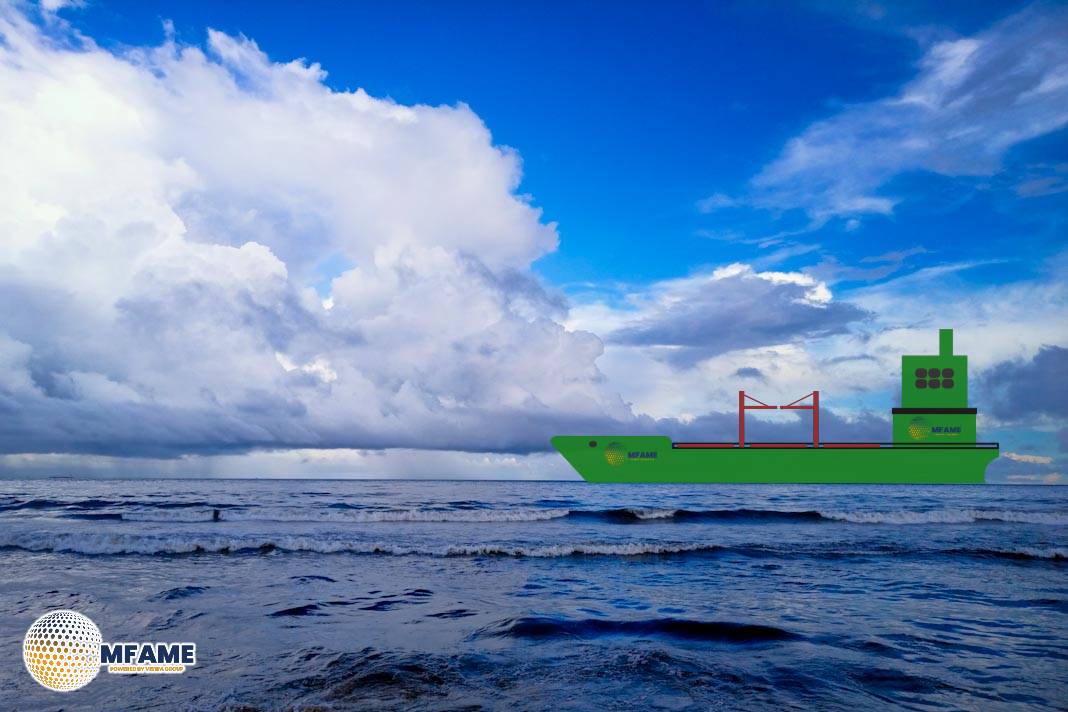- Hot work involves welding, cutting, or spark-producing operations and requires strict planning to prevent fire or equipment damage onboard.
- Assessing alternatives like cold work or temporary repairs helps reduce risks before authorizing any hot work.
- Formal planning, risk assessments, and a permit-to-work system ensure safety during hot work outside designated safe areas.
- Continuous monitoring, fire watches, and proper completion procedures maintain safety and compliance after the work is done.
Hot work is a routine yet potentially hazardous operation that requires strict planning, supervision, and control to ensure safety onboard. It involves activities such as welding, cutting, or using any spark-producing tools that can create ignition risks in a shipboard environment. These operations, if not properly managed, can lead to fire, explosion, or equipment damage. The International Maritime Organization (IMO) provides clear guidance on the safe execution of hot work, emphasizing the importance of compliance with each company’s Safety Management System (SMS), according to a publication by the Britannia P&I.
Assessing the Need for Hot Work
Hot work is often necessary for shipboard repairs, modifications, and maintenance tasks. However, it should always be treated as a last resort. Before proceeding, a thorough assessment must determine if alternatives such as cold work or temporary repairs are possible. Factors like the ship’s operational status, voyage schedule, and cargo condition must also be evaluated. For instance, hot work involving hazardous areas or flammable cargoes poses higher risk and may require coordination with classification societies, insurers, and the vessel’s management office. Conducting this initial evaluation helps minimize hazards and decide the safest time and location to perform the work.
Planning and Permit to Work
When hot work cannot be avoided, meticulous planning becomes critical. All procedures should align with the ship’s SMS and company risk management system to ensure risks are reduced to As Low As Reasonably Practicable (ALARP). Work within designated safe areas, such as the machinery space workshop, should still follow strict safety measures, including proper ventilation, fireproof barriers, and warning signage. For any hot work outside these zones, a formal permit-to-work system must be implemented.
This process includes a comprehensive risk assessment that considers factors such as ignition sources, atmospheric safety, required isolation, firefighting readiness, and personnel competency. Coordination with insurers, local port authorities, and cargo interests may also be necessary, depending on the work’s location and scope.
Execution and Completion of Hot Work
During hot work operations, safety procedures must be strictly followed as outlined in the approved plan and method statement. A pre-job safety meeting or toolbox talk ensures all personnel understand their roles and the precautions in place. The hot work permit should be issued shortly before starting the job and suspended during breaks or shift changes to re-verify safety measures.
Continuous fire watch, atmospheric monitoring, and readiness of firefighting equipment are essential throughout the operation. Upon completion, the responsible officer must confirm that all temporary safeguards are removed, fire detection systems are reactivated, and normal shipboard conditions are restored. Maintaining proper documentation of these steps reinforces accountability and ensures compliance with company and regulatory safety standards.
Did you subscribe to our Daily newsletter?
It’s Free! Click here to Subscribe!
Source: Britannia P&I.


















